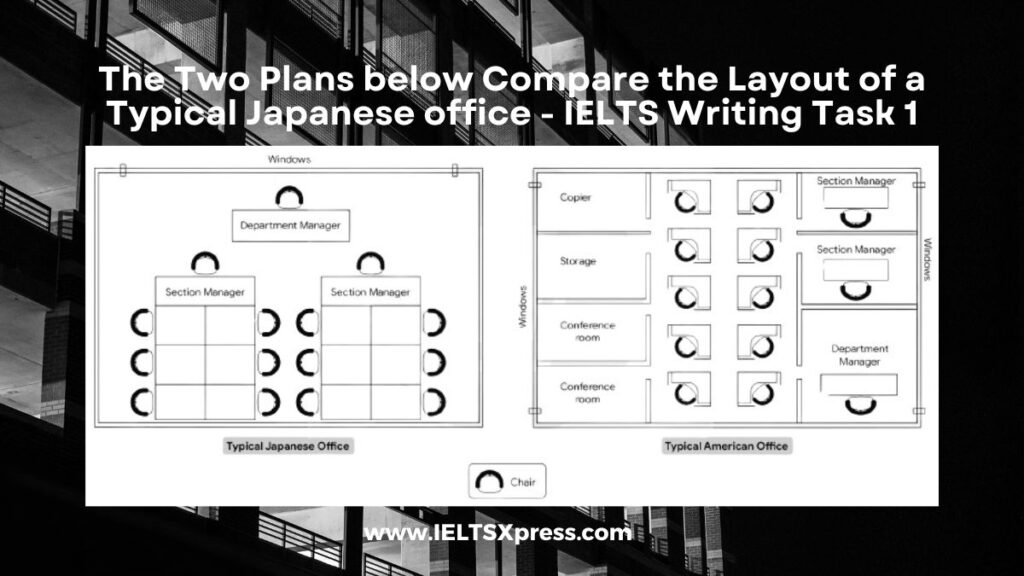Are you preparing for the IELTS Academic test and aiming to achieve a high score in Task 1 of the Writing section? If so, you’re in the right place. The International English Language Testing System (IELTS) is a standardized test that assesses your English proficiency, and a good score can open doors to international education and professional opportunities. In this comprehensive guide, we’ll explore practical tips and strategies to help you improve your IELTS Academic Task 1 score.
Understanding IELTS Academic Task 1
Before diving into the tips, let’s understand what Task 1 entails. In the Academic IELTS Writing Task 1, you are required to summarize, describe, or explain a graph, table, chart, or diagram in at least 150 words. This task assesses your ability to identify key features, compare data, and present information in a clear and coherent manner.
Tip 1: Familiarize Yourself with Different Types of Questions
IELTS Academic Task 1 can present various types of visual information, including line graphs, bar charts, pie charts, tables, process diagrams, and maps. Each type requires a specific approach to summarizing the information. Familiarize yourself with the different types and practice writing descriptions for each one. Understanding what each question type demands will help you quickly identify the main features and organize your response effectively.
Tip 2: Analyze the Question Carefully
Take a moment to carefully read and analyze the question. Identify the time period, units of measurement, and the overall topic. This will help you focus on the most relevant information and avoid including unnecessary details. Remember, the key to a high score is not to describe every single detail but to highlight the most significant trends and comparisons.
Tip 3: Structure Your Response Clearly
A well-structured response is crucial for a high score in Task 1. Generally, your response should include the following:
Introduction: Paraphrase the question to introduce the topic.
Overview: Provide a summary of the main trends, differences, or stages without specific data.
Body Paragraphs: Present the details, supporting your overview with data. Use two to three body paragraphs to describe the key features in an organized manner.
Tip 4: Develop Your Paraphrasing Skills
The ability to paraphrase is essential for the introduction. Instead of copying the question prompt, use synonyms and rephrase the sentence to show the examiner your range of vocabulary. For example, if the question states, “The chart below shows the number of books sold,” you could write, “The chart illustrates the quantity of books that were purchased.”
Tip 5: Write a Clear and Summarizing Overview
The overview is arguably the most important part of your Task 1 essay. It should summarize the main points or trends without specific data. For instance, if you’re describing a graph that shows changes over time, you might mention the overall trend (e.g., an upward trend, fluctuations, or a steady decline). Avoid common mistakes like omitting the overview or including too many details.
Tip 6: Use a Range of Vocabulary
To score well in lexical resource, you need to demonstrate a wide range of vocabulary. Avoid repeating the same words and phrases. For example, instead of using “increase” repeatedly, you could use synonyms like “rise,” “grow,” “climb,” or “escalate.” Be cautious with synonyms, though, and ensure they fit the context accurately.
Tip 7: Focus on Grammatical Range and Accuracy
Your grammatical range and accuracy are also assessed in Task 1. Use a mix of simple and complex sentence structures to convey your points. Incorporate subordinate clauses, conditionals, and passive constructions where appropriate. However, clarity is key, so don’t sacrifice understanding for complexity.
Tip 8: Include Accurate Data
When presenting specific details in your body paragraphs, include accurate data from the graph or chart. Use appropriate language for comparisons and contrasts, such as “compared to,” “whereas,” or “while.” Be precise with numbers and percentages, and remember to use words like “approximately” or “roughly” if you’re estimating.
Tip 9: Practice Time Management
During the IELTS exam, you’ll have 20 minutes to complete Task 1. Practice writing responses within this timeframe to ensure you can finish without feeling rushed. Time management is crucial, as you’ll need to leave enough time for Task 2, which carries more weight in the scoring.
Tip 10: Review and Revise Your Work
If time permits, always review your work. Check for any spelling or grammatical errors, and ensure that your response is coherent and logically organized. Even a quick review can help you catch mistakes that might otherwise lower your score. Look at other IELTS essay samples to understand which errors to look out for.
Tip 11: Understand the Assessment Criteria
Knowing how your response will be evaluated can guide your preparation. The IELTS Writing Task 1 is scored based on four criteria:
- Task Achievement: Completeness and accuracy of the response.
- Coherence and Cohesion: Logical organization and the use of cohesive devices.
- Lexical Resource: Range and accuracy of vocabulary.
- Grammatical Range and Accuracy: Variety and correctness of grammar.
Familiarize yourself with the descriptors for each band score to understand what examiners are looking for. View how weaknesses in certain areas of the test affect the overall band score by looking at the IELTS essay samples.
Tip 12: Get Feedback on Your Writing
Practice is essential, but so is feedback. Have a teacher, tutor, or someone proficient in English review your practice responses. They can provide valuable insights into areas where you can improve and help you correct recurring mistakes.
Tip! Use an IELTS Writing Checker tool to check IELTS writing online and get a professional correction service at the fraction of the cost.
Tip 13: Stay Calm and Focused
On the day of the exam, stay calm and focused. Read the question carefully, plan your response, and keep an eye on the time. Remember that the exam is an opportunity to showcase your English skills, so approach it with confidence.
Conclusion
Improving your IELTS Academic Task 1 score requires understanding the task, practicing regularly, and applying effective strategies. By familiarizing yourself with different question types, structuring your response clearly, and using a range of vocabulary and grammar, you can enhance your writing and achieve the score you’re aiming for. Remember to manage your time wisely, review your work, and seek feedback during your preparation. With dedication and the right approach, you’ll be well on your way to IELTS success.
Embarking on your IELTS journey can be challenging, but with these tips and consistent effort, you’ll improve your Academic Task 1 score and move closer to your goals. Good luck, and happy writing!
Also Check: Australian Household Energy Use Pie Charts



